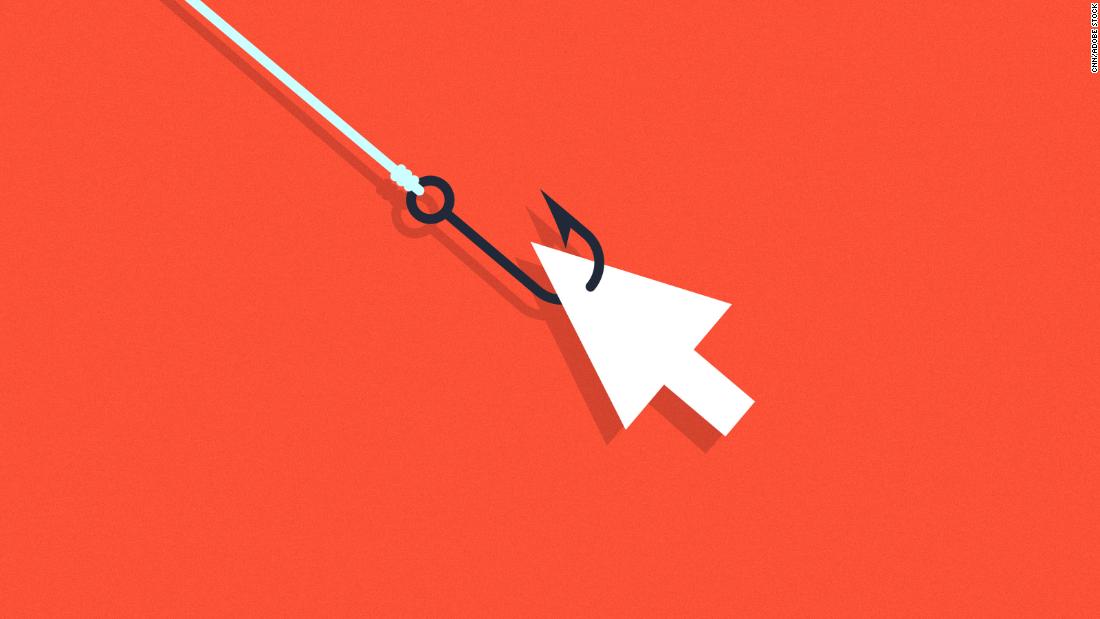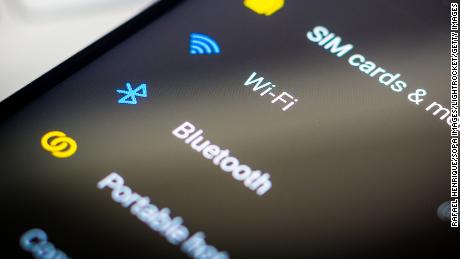
Countless popular websites and apps, from retailers and travel services to social media companies, make use of so-called “dark patterns,” or gently coercive design tactics that critics say are used to manipulate peoples’ digital behaviors.
The term “dark patterns” was coined by Harry Brignull, a U.K.-based user experience specialist and researcher of human-computer interactions. Brignull began noticing that when he reported to one of his clients that most test subjects felt deceived by an aspect of their website or app design, the client seemed to welcome the feedback.
“That was always intriguing for me as a researcher, because normally the name of the game is to find the flaws and fix them,” Brignull told CNN Business. “Now we’re finding ‘flaws’ that the client seems to like, and want to keep.”
To put it in the parlance of Silicon Valley, he realized it was a feature, not a bug.
These design tactics have come under renewed scrutiny in recent months, including lawsuits filed against tech companies and proposed laws to protect consumers. But as some take a harsher look at this practice, the issue may be complicated by how intertwined dark patterns have become with creating digital services and even some confusion around how to define the term.
“Everybody has a different definition,” said Nir Eyal, a behavioral designer and author of the widely-shared book in Silicon Valley, “Hooked: How to Build Habit-Forming Products.” Eyal said he tries to help companies build healthy habits in users lives, but his focus is doing that through “persuasive design.”
“A dark pattern uses coercion,” Eyal said. “Coercion is getting you to do things that you later regret. … Persuasion is getting people to do things they do want to do, things that they don’t regret.” Some coercive versus persuasive tactics can be similar, he said, but he argued it’s important to look at what the design pattern is trying to get you to do.
The use of “streaks,” or psychologically encouraging people to keep using a product every day to create a habit out of it, may seem like a distracting mechanism on a social media app, or a helpful reminder to continue learning another language via Duolingo, Eyal said.
A growing push to eliminate dark patterns
So far this year, there have been multiple lawsuits filed against prominent tech companies for their alleged use of dark patterns to deceive users.
Eyal says he thinks regulation is needed around dark patterns, but he said there are other ways to get companies to stop this behavior, including simply calling attention to it. He cited Brignull’s website, for example, as a historical repository of various dark patterns throughout the years — many of which have stopped after being called out.
“When companies are shamed and publicly admonished for using these techniques, they almost always switch out that dark pattern,” he said. For example, he said it used to be very common when buying a flight online for companies to use the “sneak-into-the-basket technique” to add flight insurance and other fees that customers wouldn’t notice until checkout.
“When people learned that this was happening, not only do they not want to do business with those companies, they told all their friends not to do business with those companies,” Eyal said. “So what you find is that when companies are shamed when they use these, these dark patterns, they almost always stop.”
Brignull, for his part, said he has spent time testifying as an expert witness in some class action lawsuits related to dark patterns in the UK. “The scams don’t work when the victim knows what the scammer is trying to do,” Brignull said. “If they know what the scam is, then they’re not going to get taken in — and that’s why I’ve enjoyed so much exposing these things, and showing it to other consumers.”

